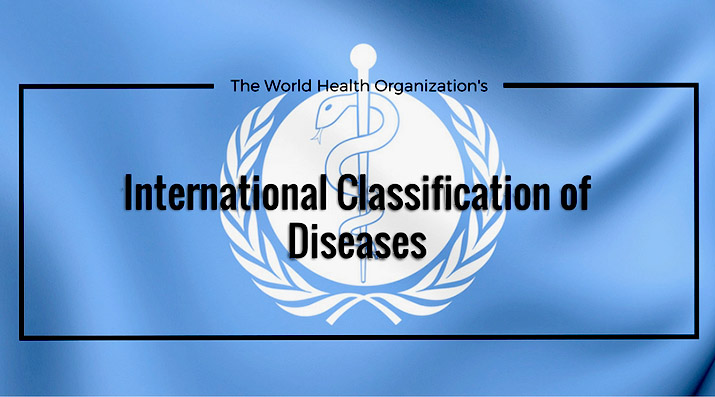ICD-10, the 10th edition of the International Classification of Diseases, went into effect as the standard cataloging system for the U.S. healthcare industry on Oct. 1, 2015.
Before the rather lengthy implementation of ICD-10, the set cataloging system for the U.S. was ICD-9, which lacked classification options contained in ICD-10.
ICD codes are used within the healthcare industry by providers, IT professionals, coders, government agencies, insurance carriers and others to properly note diseases on patients’ health records. This allows better tracking of epidemiological trends, and assists in medical reimbursement decisions made by insurance companies. Check out a list of funny ICD-10 codes that also serve as a visual example of what these codes look like.
The ICD codes are developed and published by the World Health Organization (WHO). National governments and other regulating bodies then adopt the system. The U.S. took a similar approach to ICD-10 as they did with ICD-9 and ICD-9-PCS. ICD-10 is split into two systems: ICD-10-CM (Clinical Modification), which is used for diagnostic coding, and ICD-10-PCS (Procedure Coding System), which is used for inpatient hospital procedure coding.
ICD-10 greatly expands classification options within the healthcare industry. For example, ICD-9 did not have an option to specify whether a patient with a broken wrist and broken the left or right wrist. ICD-10 also is able to provide additional details when a patient is seen by a nurse or doctor so that information on how a particular patient’s injury or disease is progressing or healing can be documented.
ICD-10 was first adopted by WHO in 1990. Some countries began using it as early as 1994.
Related: Funny ICD-10 Codes
Transition from ICD-9 to ICD-10
The U.S. Department of Health and Human Services set the national implementation date for Oct. 1, 2013, although it was delayed several times due to lobbying, politics and widespread resistance to the massive increase in codes as a part of the new standard. The transition from ICD-9 to ICD-10 involved an increase of more than 50,000 codes.
The due date for implementation was extended one year until Oct. 1, 2014, to give healthcare systems more time to prepare for the transition. It was delayed again when, on April 1, 2014, President Obama signed a Medicare reimbursement bill which also included a new due date for ICD-10 implementation, Oct. 1, 2015. ICD-10 was finally implemented on this date.
A number of tools were made available to smooth the transition, such as translator systems and preliminary planning steps, along with detailed timelines providing information about the activities providers and insurance companies needed to carry out to prepare for ICD-10. These were provided by the Center for Medicare and Medicaid Services (CMS).
ICD-10 Implementation Proves to be Worth the Trouble
The transition to ICD-10 was a major disruption for healthcare providers and insurance companies, but the benefits of this new coding standard are far more important than the many inconveniences of the implementation process.
Healthcare data needs are much different than they were in 1979 when ICD-9 was first adopted. The transition to ICD-10 has and will continue to advance healthcare in many ways, according to the American Health Information Management Association. The six major categories in which the benefits of ICD-10 will play out include quality measurement, medical reimbursement, advancement in the health IT field, research, public health and better monitoring and performance within healthcare organizations.




